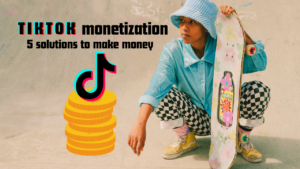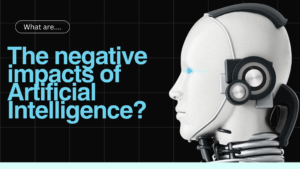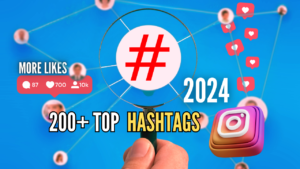
LEARN 24 best AI marketing tools and how marketing teams are using artificial intelligence to grow fast.
AI marketing tools have become essential for businesses looking to optimize their marketing strategies, improve customer engagement, and drive better results.
Many top brands like Google, IBM and Airbnb are leveraging AI marketing tools to stay ahead in the competitive landscape.
The mystical realm of marketing has been transformed by AI software, with countless tools emerging recently, making it challenging to pinpoint the best options. To navigate this, focus on defining your goals for an AI marketing tool and explore how AI can specifically benefit your business.
What is AI marketing?
AI marketing involves leveraging AI technologies such as data collection, data-driven analysis, natural language processing (NLP), and machine learning (ML) to gain customer insights and automate key marketing decisions. AI tools are increasingly used to create content, enhance customer experiences, and achieve precise outcomes. Organizations should thoroughly investigate the various AI marketing applications and examine their usage by other businesses before selecting a tool.
How is AI used in marketing?
AI is transforming marketing in several impactful ways. Here are some key applications:
- Personalized Experience: AI helps create tailored content and recommendations just for you based on what you’ve liked or interacted with before.
- Understanding Customers: AI looks at tons of data to figure out what customers want and how they behave, helping businesses make better decisions.
- Automated Customer Service: AI chatbots answer questions and provide help instantly, anytime of day, making customer service faster and more efficient.
- Predicting Trends: AI uses past data to guess what customers might do in the future, so businesses can plan ahead and target their marketing better.
- Creating Content: AI can write and generate content quickly, like product descriptions or social media posts, saving time and ensuring consistency.
- Targeted Ads: AI ensures ads reach the right people by analyzing user data, making sure that marketing efforts are more effective and efficient.
- Testing Campaigns: AI speeds up the process of testing different versions of ads or emails to see which one works best, allowing for quick adjustments.
- Improving Emails: AI helps personalize email messages and decides the best times to send them, leading to better engagement rates.
- Analyzing Opinions: AI scans social media and online reviews to understand how people feel about a brand or product, helping businesses respond better.
- Understanding Visuals: AI can analyze images and videos to track brand presence and measure the impact of visual marketing efforts.
- Search engine optimization (SEO): Deploying an AI solution to enhance search engine optimization (SEO) helps marketers increase page rankings and develop more sound strategies. AI can help marketers create and optimize content to meet the new standards.
- E-commerce: AI is helping businesses improve their e-commerce programs and digital marketing capabilities by giving them a more nuanced understanding of their customer’s needs and buying habits, automating tasks and simplifying workflows.
The benefits and challenges of using AI in marketing
Like other emerging technologies, AI in marketing brings both benefits and challenges. While maintaining high-quality data and adhering to evolving privacy regulations can be daunting for newcomers, organizations that invest in and choose AI solutions suited to their specific needs are reaping significant rewards.
Benefits:
- Speedier, smarter decision-making: Marketing teams using advanced AI tools can monitor the effects of their campaigns almost in real-time and adapt strategies swiftly. AI platforms employ machine learning and sentiment analysis to craft and adjust marketing strategies with greater speed than human analysis.
- Enhanced ROI on marketing efforts: AI tools help marketers uncover actionable insights almost instantly and pinpoint the best media channels and ad placements based on customer behavior, ensuring optimal return on investment.
- Precise KPI measurement: AI-powered dashboards facilitate linking campaign success to specific tactics, making it easier for marketers to gauge effectiveness and identify areas for improvement amidst large volumes of data.
- Improved CRM capabilities: AI enhances CRM by automating routine tasks, reducing human error, personalizing communications, and identifying at-risk customers, thus strengthening customer relationships.
- Deeper insights from data: AI excels in predictive analytics, processing vast amounts of customer data rapidly to uncover future behaviors, suggest tailored content, and identify patterns for more effective campaign planning.
Challenges:
- Training AI systems: AI requires substantial training to perform tasks effectively, needing extensive customer data and possibly data scientists for successful deployment.
- Data quality assurance: The effectiveness of AI is dependent on the quality and representativeness of its training data; poor data leads to subpar AI performance.
- Privacy compliance: Adhering to privacy laws is crucial, as mishandling personal data can result in heavy fines and damage to a company’s reputation.
24 best AI marketing tools to grow your business in 2024
Here are 22 AI marketing tools you need to try in 2024:
Jasper (for copywriting)
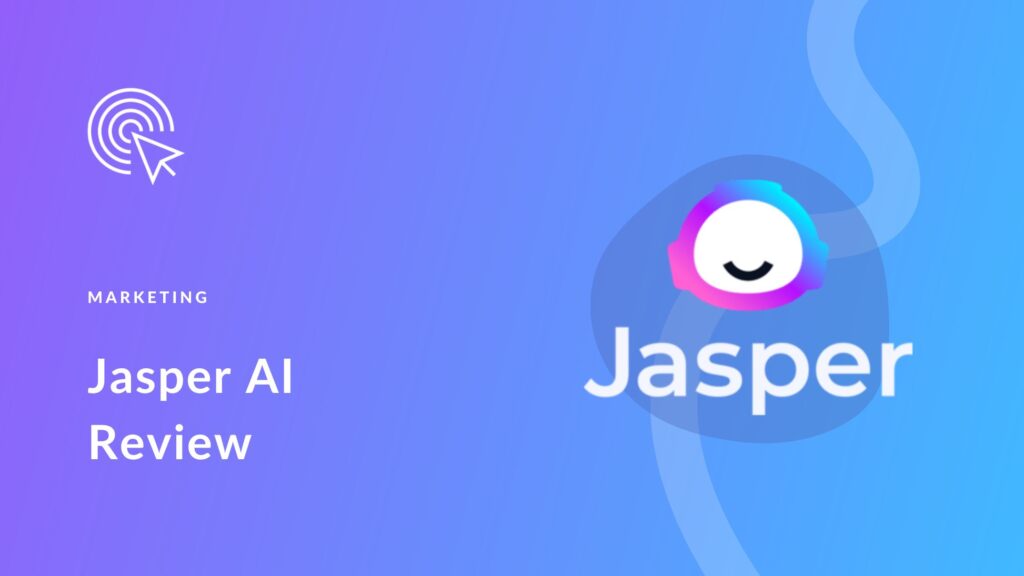
The creators of Jasper, the leading AI-powered copywriting tool, quickly found themselves facing unexpected challenges after achieving significant success. With over 350,000 users, they received a cease-and-desist letter from Marvel, as their AI was initially named Jarvis, inspired by Tony Stark’s virtual assistant. Consequently, the AI was rebranded as Jasper.
Jasper, as this writer must admit, excels at generating copy across a variety of tones and subjects. Its developers claim that Jasper has “read” 10% of the internet. To test its capabilities, I used a free trial and asked Jasper to write 40 words on AI in business automation. The result was:
“AI is the next step in business automation”. AI has been instrumental in enhancing business processes. It can be integrated into business processes to boost efficiency, reduce costs, and improve customer service.”
While the output is a solid starting point, it still requires human editing to refine the flow and address some repetition. Jasper’s natural language processing is most effective as a tool for drafting content, which can then be polished by human writers.
Whether you need copy for email campaigns, product descriptions, blog posts, or landing pages, Jasper can handle it all. With its user-friendly dashboard, affordability, and efficiency, Jasper has garnered over 5,000 five-star reviews. While it may not make you a literary giant, it will help maintain strong SEO performance.
2.Notion AI : (for productivity)
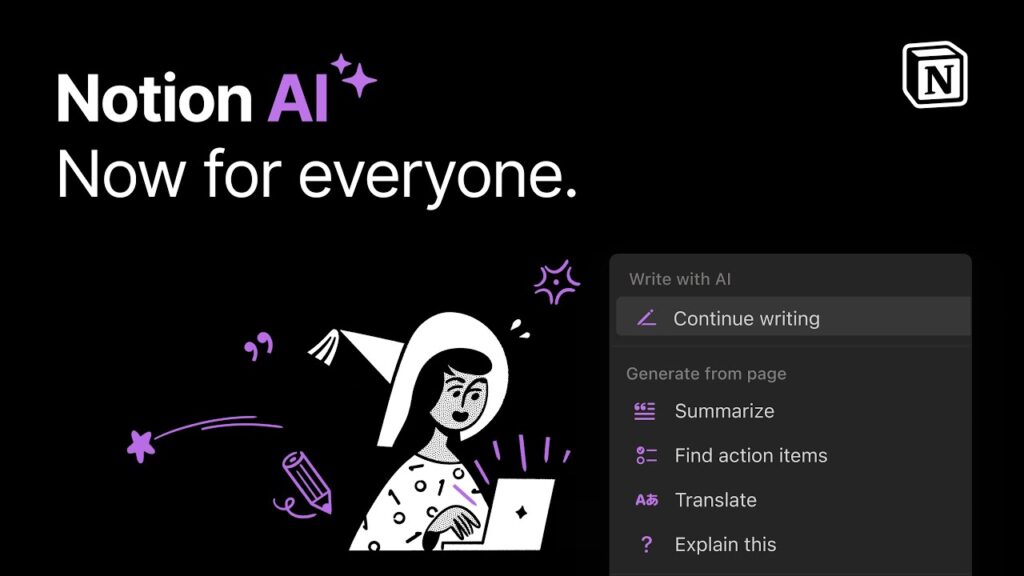
Notion AI is an exciting new addition to Notion’s popular productivity platform. This feature leverages artificial intelligence to simplify tasks within Notion, allowing you to ask questions in plain English about anything in your workspace—notes, projects, documents, or wikis—and receive instant answers. It’s like having a personal assistant integrated directly into your project management tool.
In addition to answering questions, Notion AI can assist with writing, brainstorming, automatically filling out tables, and more, reducing manual tasks and streamlining your workflow.
Available at $8 or $10 per member per month, depending on whether you choose annual or monthly billing, Notion AI can be added to any paid Notion plan and even to free plans.
Notion is committed to privacy and security; your data is encrypted, and they adhere to data protection regulations such as GDPR. The AI does not use customer data for training unless you specifically opt-in.
You can try Notion AI for free, with the number of free responses based on your workspace membership. The feature is designed to expand over time, offering additional capabilities and integrating seamlessly with Notion’s existing text editor and features.
In summary, Notion AI enhances the organization and efficiency of your work by handling routine tasks, allowing you to focus on more meaningful work.
3.Surfer SEO: (for SEO content writing)
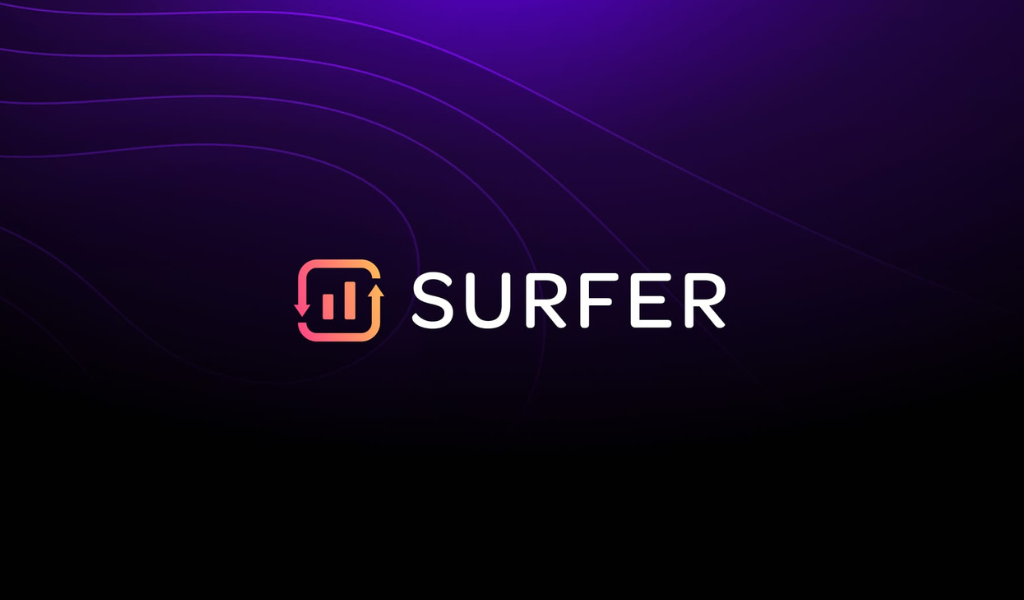
Surfer SEO is a powerful content optimization tool designed to enhance your copy for better search engine rankings—a crucial objective for any content strategy. While you handle the writing, Surfer evaluates and scores your content based on factors such as keyword density, readability, length, header usage, and other elements that influence search rankings.
To get started with Surfer SEO, select your domain, niche, and target audience. The tool then provides actionable insights, highlighting top-ranking keywords, suggesting content outlines, and even recommending image density for your content. You can work directly within Surfer SEO’s built-in text editor or perform quick analyses by copying and pasting your text. The tool allows you to see real-time improvements in your SEO as you make edits.
Surfer SEO integrates with various content marketing tools, including Jasper, WordPress, Google Docs, and more. It aims to help you achieve your organic growth goals for Google search, with satisfied clients such as FedEx, Shopify, Qantas, and Viacom.
4.Lexica Art: (for blog thumbnails)
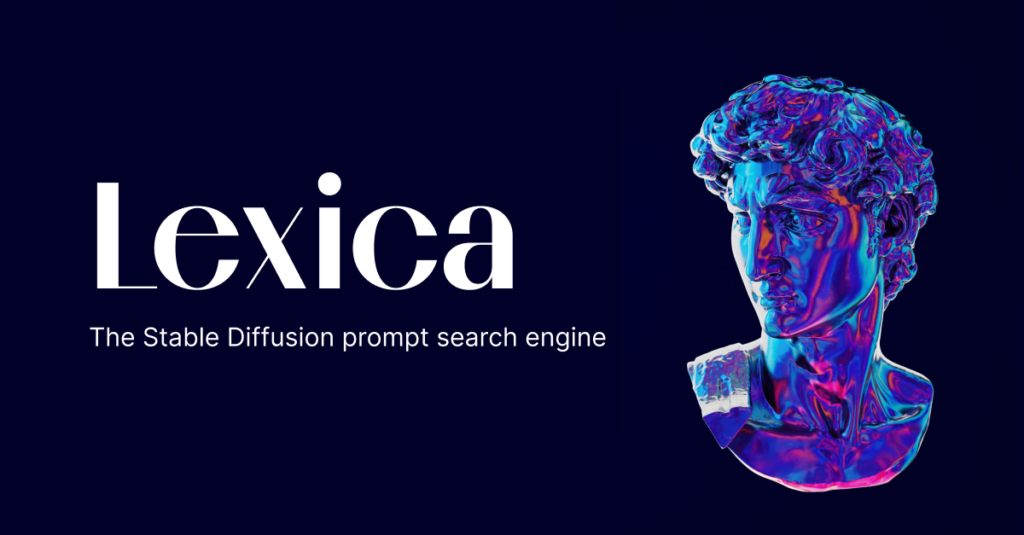
Lexica Art is an impressive AI image generator that stands out for its exceptional quality. It produces some of the most lifelike AI images available, making it ideal for creating marketing content across various needs. I’ve personally used this tool to generate blog thumbnail images for my SEO clients. It offers customizable prompts that you can save, ensuring that all generated images align with your brand guidelines. Many brands also use it for their social media posts.
If you’re seeking an alternative to conventional stock images for your blog thumbnails, Lexica Art is definitely worth exploring.
5.Content at Scale: (for generating SEO blog posts)
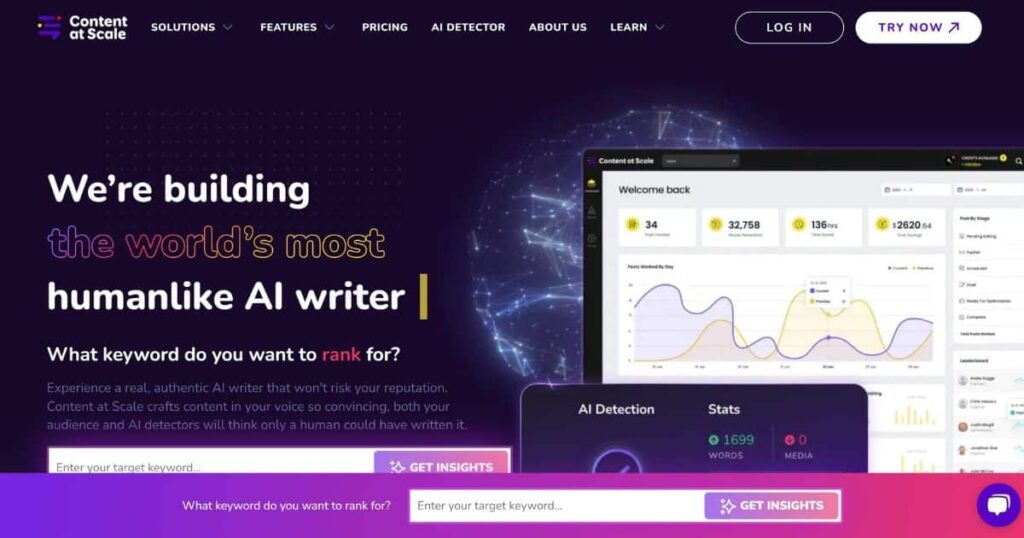
I’ve been experimenting with Content at Scale for the past few months, and I must say, I’m quite impressed. Among the AI writing tools I’ve tried, this one consistently performs well on AI detectors. Articles generated with this tool typically score at least 70% human-written, which is quite remarkable.
Although the platform is relatively new and the user interface can be somewhat buggy, the quality of the content it produces is among the best I’ve encountered in AI content generation. While it lacks the flexibility of tools like Surfer in terms of labeling H2 and H3 headings, the content quality surpasses that of Surfer and even Jasper. If you’re looking to generate SEO blog posts, I definitely recommend giving this tool a try. Just remember to have a human review the final draft.
6.Originality AI: (for AI content detection)
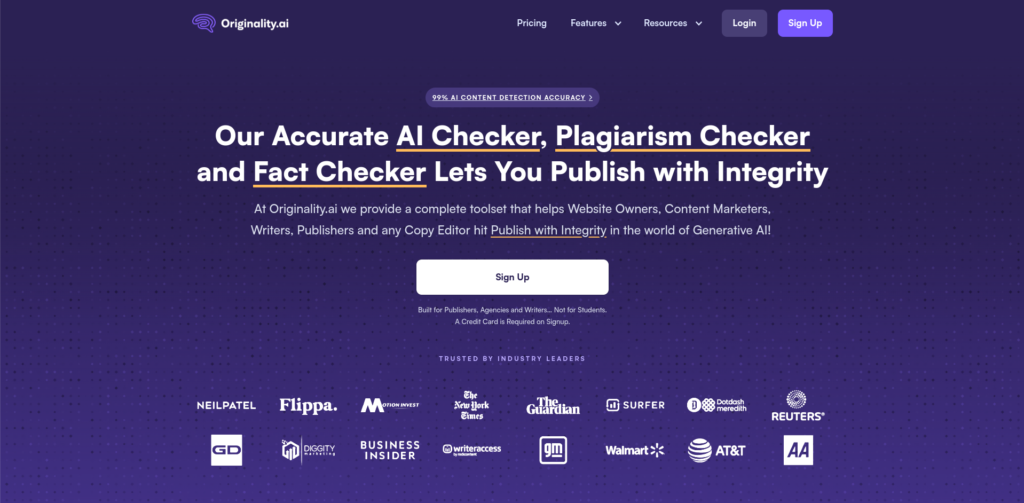
Originality AI is a tool designed to detect AI-generated content and check for plagiarism. I use it frequently to ensure that the content I work with appears human-written. While I don’t run actual human-authored content through it, I do use it to review AI-generated content from tools like Content at Scale to identify areas that might need improvement.
It’s also useful for verifying that freelance writers aren’t relying too heavily on tools like ChatGPT to produce their text. However, it’s important to remember that no detector is perfect; there have been instances where human writing has been mistakenly identified as AI-generated. Despite this, among the available AI content detectors, I’ve found Originality AI to be one of the most reliable.
7.Writer.com: (content writing for teams)
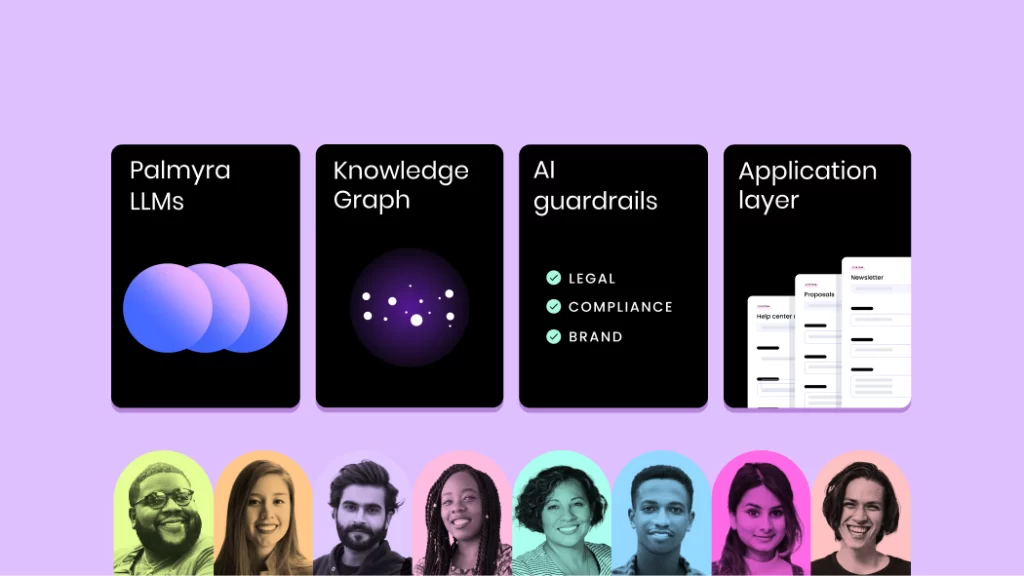
Writer has made a significant move by securing a high-value URL, signaling their ambitious goals. They present their platform as an advanced assistant for marketing teams, designed to enhance collaborative efficiency by elevating traditional text editing features.
The tool offers functionalities such as autocorrect, autocomplete, grammar and clarity checks, and frequently used snippets for quick insertion. Additionally, it includes a suite of intelligence tools to ensure consistency in house style, with a database of approved terminology crucial for industries like finance, legal, and tech. The AI operates subtly in the background, providing recommendations without rewriting entire sections of text.
For virtual or hybrid teams with limited in-person oversight, this AI writer can offer the assurance needed to maintain professionalism and accuracy across all content. Notable clients include Deloitte, Accenture, Twitter, and Vistaprint.
8.Undetectable AI: (for rewriting AI content)

Undetectable AI is another tool for detecting AI-generated content, similar to Originality AI. What sets this tool apart is its ability to actually rewrite AI-generated text from ChatGPT to make it sound more human. I tested it by generating a paragraph with ChatGPT, having Undetectable AI rewrite it, and then checking the result with Originality AI. To my surprise, it performed quite well.
However, it’s important to approach these AI detectors and rewriters with caution. Occasionally, the tool might produce text that doesn’t quite make sense or deliberately introduces grammatical errors. Therefore, it’s essential to review all generated content carefully to ensure it’s accurate and error-free.
9.FullStory : (for digital experiences)
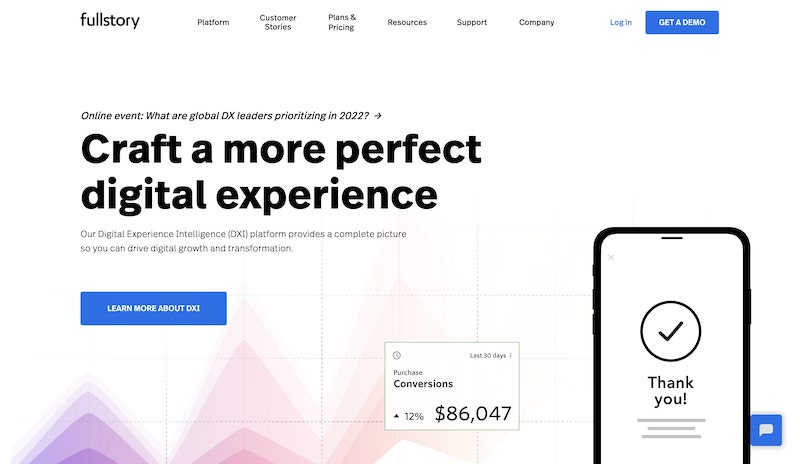
Fullstory defines digital experience as the entire journey a site visitor undergoes, from their initial visit to conversion or departure. They emphasize the value of understanding the unpredictable behaviors of users, which often defy expectations.
To provide this level of insight, Fullstory uses AI to track every cursor movement, click, and page visit throughout a visitor’s journey, creating a comprehensive “story” of their interactions. This data can then be analyzed alongside thousands of other visitor stories to uncover valuable insights. Fullstory harnesses the power and scalability of AI automation to identify opportunities and errors more rapidly than manual observation.
According to Fullstory, their platform can lead to cost savings, higher customer retention, and significant improvements in site UX. Their current clients include GAP, Zipcar, Icelandair, and Forbes.
10.Zapier : (for automating tasks)
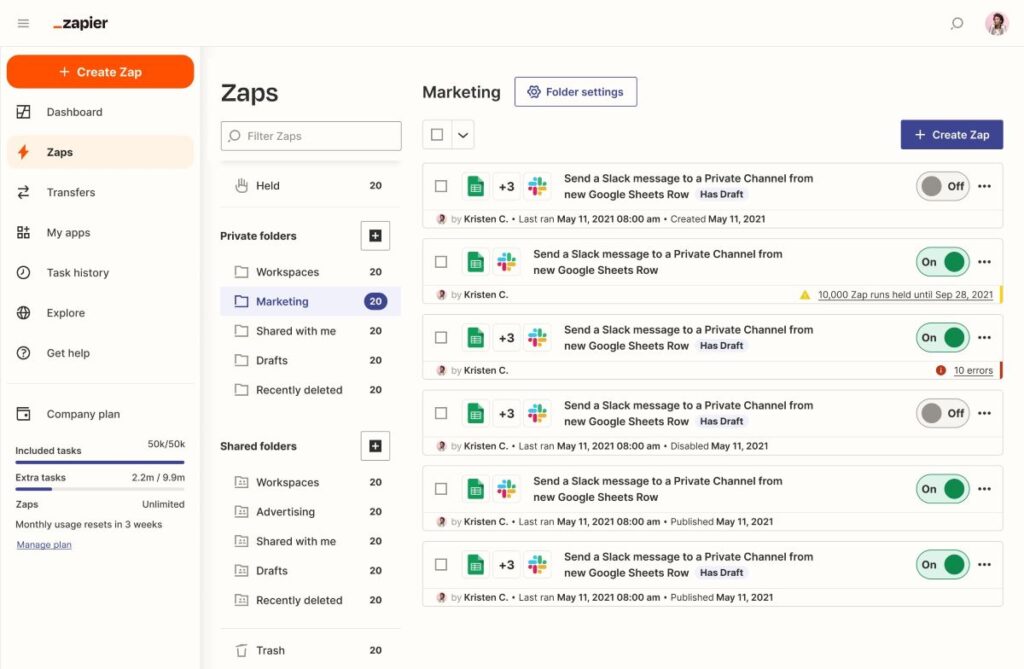
Zapier is like the Lego of tech stack and process integration. It enables you to create connections and marketing automations between thousands of different systems, saving time, boosting efficiency, reducing repetitive tasks, and cutting costs. You can design custom workflows that link actions in one system to automated processes in others, ensuring that relevant data is always pulled from the right sources.
You can set up these automations without any coding, thanks to available templates that streamline the process. Known as “zaps,” these automations can handle over 3,000 integrations as of now, and you can even create branching workflows based on logical criteria you define.
Behind the scenes, AI interprets signals to trigger processes with unmatched speed and efficiency. Users appreciate the significant time savings that zaps deliver. Zapier also offers excellent support, including a blog, webinars, an online no-code community, and Zapier University for training.
11.Hemingway app: (for content editing)

Even if you prefer to rely on human writers for your content, AI can still assist with editing to enhance readability and clarity. Named after the succinct writer Ernest Hemingway, the Hemingway app identifies common issues such as lengthy sentences, passive voice, and overuse of adverbs.
The app provides a readability score based on US educational grades, with a grade level of 9 or lower being ideal for reaching a broad audience. It’s incredibly user-friendly—simply copy and paste your text into the online tool and hit return.
Best of all, the app is free! Created by Ben and Adam Long as a tribute to their favorite writer, the free version offers significant value. There is also a $20 premium version that includes features like PDF exports, offline access, and instant publishing, but the free version remains highly effective.
However, it’s worth noting that content polished to Hemingway’s standards may come across as too simplistic for certain types of writing, such as annual reports, white papers, and opinion pieces, where a more personalized style may be preferred over sheer readability.
12.Chatfuel : (for chatbots)
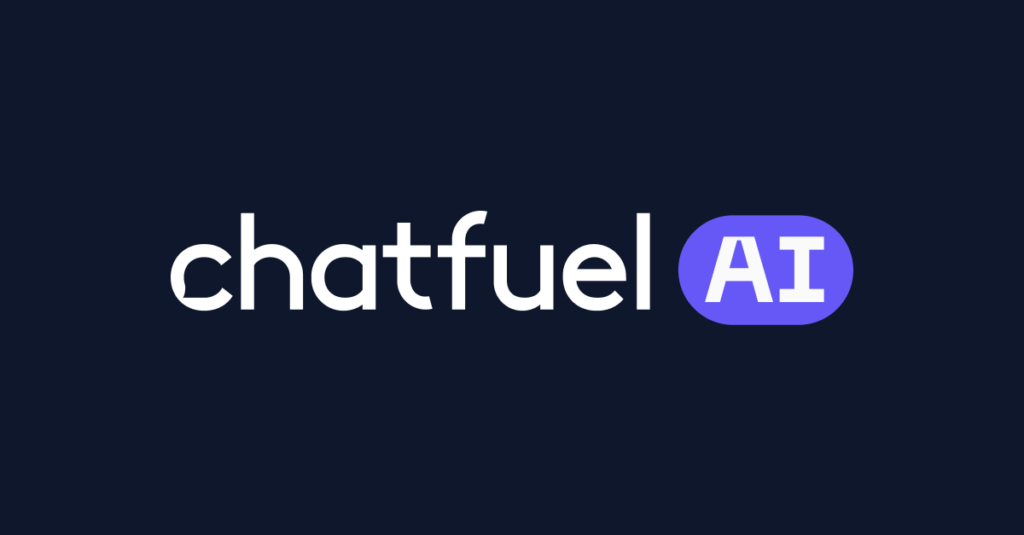
Whether you view chatbots as essential tools or annoying distractions, they’re undeniably here to stay. The effectiveness of a chatbot largely hinges on how it’s designed, which is where Chatfuel comes into play. Instead of opting for a pre-made solution, Chatfuel lets you craft a custom virtual assistant using a user-friendly drag-and-drop interface.
Chatfuel’s bots excel at handling various tasks, from replacing a mundane FAQ page to guiding potential leads through the sales funnel with discount codes. They are highly adept at understanding even misspelled or grammatically incorrect inputs, thanks to their advanced linguistic processing capabilities. The AI effectively identifies keywords to trigger relevant and useful responses.
As an official partner of Meta (formerly Facebook), Chatfuel’s affiliation offers added confidence in the quality and sophistication of their AI technology.
13.Grammarly : (for content editing)
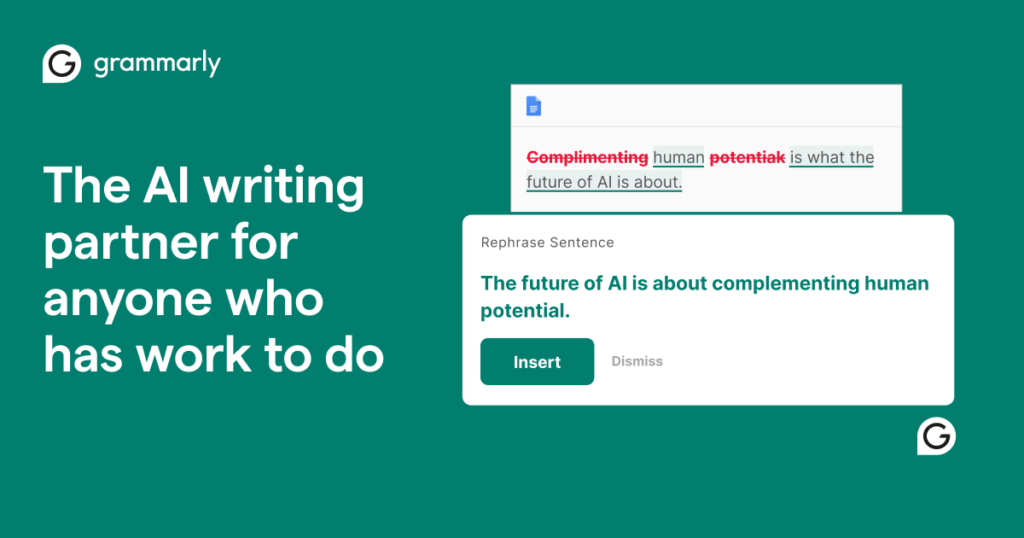
Like Hemingway, Grammarly analyzes your content for potential improvements, but it takes a different approach. While Hemingway focuses on style issues, Grammarly adheres to traditional grammar and syntax rules.
A standout feature of Grammarly is its integration with a wide range of applications, including Gmail, Word, Twitter, and Facebook. Its AI highlights errors and offers suggestions for corrections, which you can choose to accept or ignore. Beyond basic grammar and punctuation, Grammarly identifies redundant words, stylistic inconsistencies, and provides alternative word choices.
The tool highlights and color-codes errors or suggestions, similar to Hemingway, and has been featured in reputable publications such as the Wall Street Journal, the New York Times, and Forbes.
14.Albert.ai (for digital advertising)

Advertising has always been somewhat unpredictable, but AI has changed that dynamic. Albert revolutionizes ad content by personalizing and optimizing it at scale across various platforms, including Facebook, YouTube, Google Ads, Bing, and more. Albert’s approach, termed “data-powered creativity,” leverages AI and automation to allow human creatives to focus on crafting campaigns that resonate on a personal level.
Albert.ai serves as a testing ground for refining campaigns, uncovering hidden opportunities, exploring untapped demographics, and discovering new markets. This makes ad campaigns more relevant and less wasteful.
Clients of Albert include Crabtree & Evelyn, Telenor, and Harley Davidson. Harley Davidson, in particular, experienced a five-fold increase in site traffic and a staggering 2,930% rise in leads per month.
15.Headlime : (for landing pages)
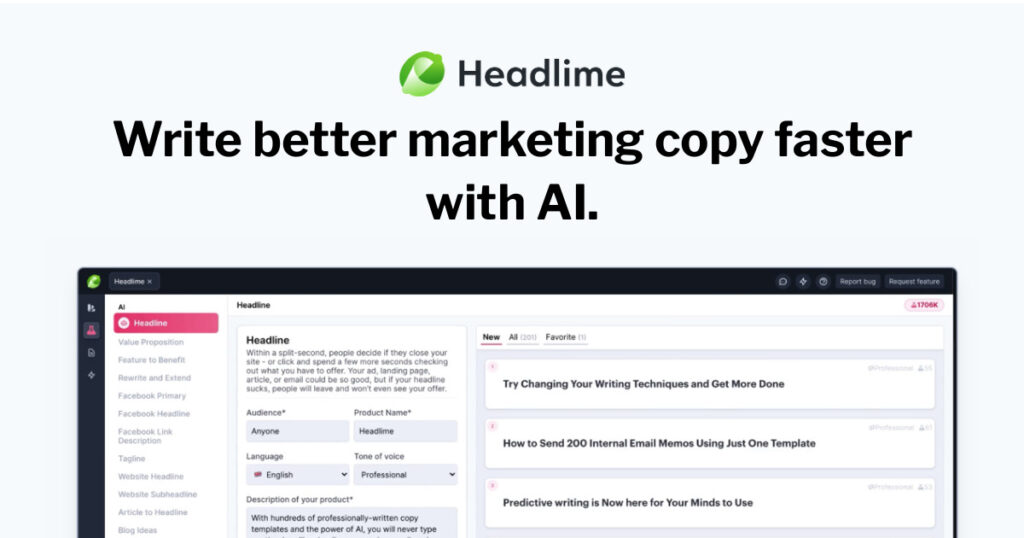
Landing page copy is crucial as it acts as the digital storefront. Headlime is an AI-driven content-writing tool specifically designed to excel in crafting landing pages.
Leveraging the advanced capabilities of GPT-3 from OpenAI, Headlime utilizes machine learning to predict and complete your text, potentially saving a considerable amount of time. It offers suggestions for high-performing subject lines, optimizes word count, and can generate copy in various tones and languages.
In addition to creating blog content like Jasper, Headlime integrates with a straightforward landing page builder, eliminating the need for constant copy-pasting. Its primary focus is on optimizing time on page and improving conversions. With over 1,700 copy templates and support for 11 languages, you can quickly launch a global landing page.
16.Userbot.ai :(conversation management)
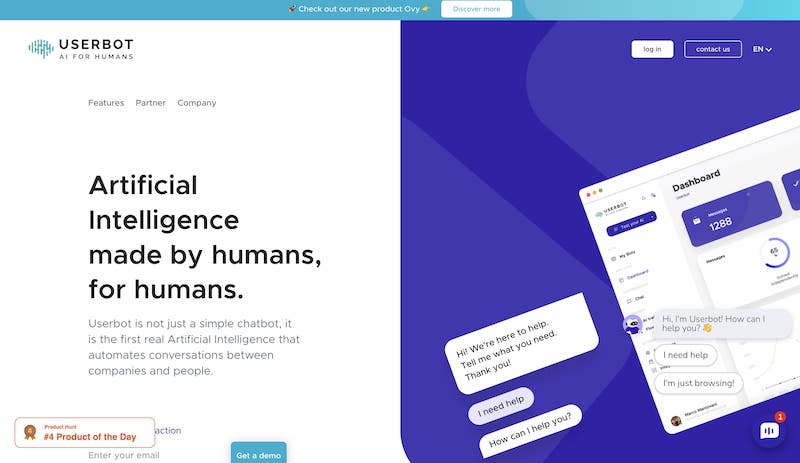
Initially, Userbot might appear to be just another chatbot, but it offers much more than that. When Userbot encounters a query it can’t interpret, it transfers the interaction to a human operator while continuing to observe and learn from the ongoing conversation. This allows Userbot to refine its responses and expand its knowledge base with each new interaction.
As a result, Userbot should become increasingly intuitive and effective over time, though you may still need to rely on human operators during the initial stages. For instance, when I tested it with the question “Who are your top clients?”, it couldn’t provide a relevant answer. For reference, their top clients include Aboca, SSG, and Vivactis Group.
Userbot also offers valuable customer data that can help you assess the performance of your sales or customer support teams. Additionally, it integrates with many popular CRM platforms for seamless functionality.
17.Browse AI : (for scarping web pages)
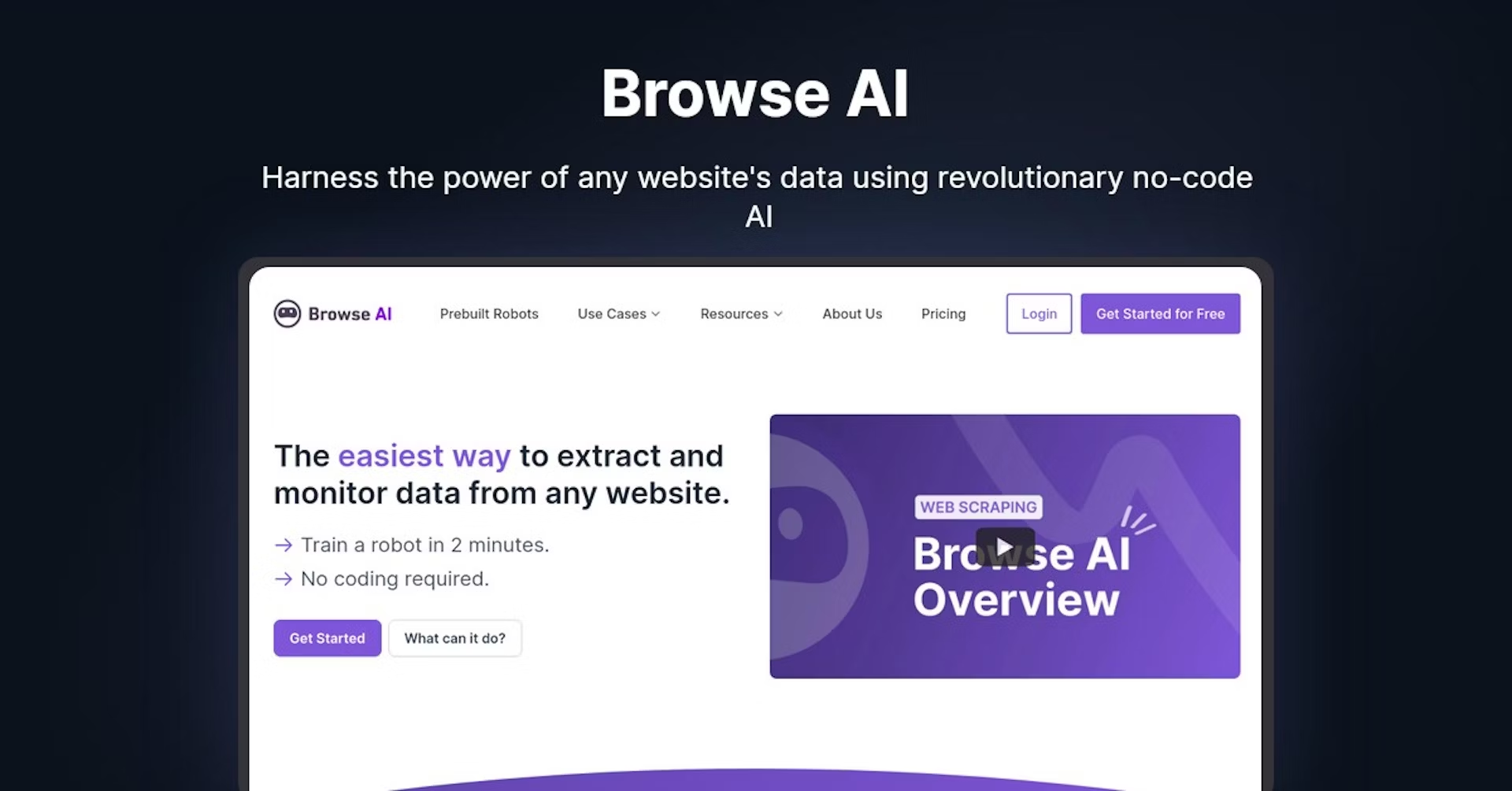
Competitive Intelligence (CI) is a crucial tool for digital marketers, providing insights into competitor brands, emerging trends, pricing strategies, reviews, and product launches. To effectively conduct CI at scale, data scraping is essential, using algorithms—often referred to as “spiders” or bots—that crawl competitor websites to gather valuable information.
Browse AI simplifies this process by allowing you to quickly train a bot to collect data and automatically populate a spreadsheet with the information you need. For example, you could configure it to find one- or two-star reviews of competitors’ products to identify potential areas for improvement, or to check current prices of similar products on e-commerce sites.
According to its creators, Browse AI’s technology can simulate human behavior to bypass Captcha and other anti-bot measures. The platform is utilized by over 2,500 companies, including Adobe, Amazon, Salesforce, and HubSpot.
18.Algolia (for search and recommendation APIs)
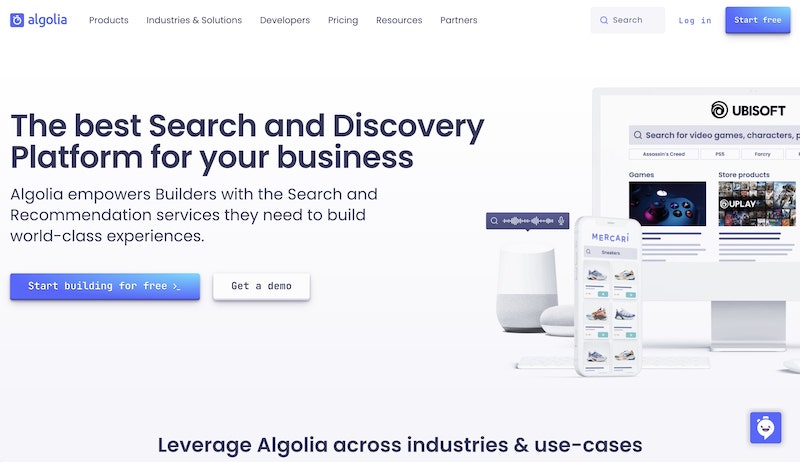
Search fields can either be incredibly useful or frustratingly ineffective. Instead of relying on a generic “powered by Google” search, why not design a custom search solution?
Algolia allows you to create a tailored search experience, making it especially popular among entertainment companies and e-commerce businesses with extensive inventories. The faster and more efficiently visitors can find what they’re looking for, the more likely they are to make a purchase.
With Algolia, you can build a search filter that lets customers locate exactly what they want in record time. The platform is already integrated into the sales portals of major brands like Staples, Gymshark, NBCUniversal, Decathlon, and Lacoste, among others.
19.PhotoRoom (for removing image backgrounds)
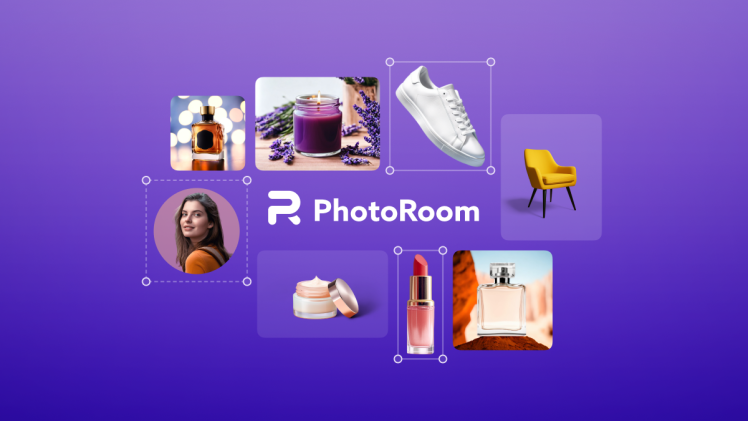
Here’s a handy and free tool that specializes in removing the background from any photo, leaving only the human subject against a transparent backdrop that can be used in other graphics. I tested it with several of my own photos, and it worked flawlessly.
This design tool employs AI and machine learning to detect the subject of a portrait and separate it from the background. What used to take a designer ten minutes to meticulously outline can now be accomplished in seconds with PhotoRoom. You can also add a colored background of your choice.
It’s incredibly useful for creating “meet the team” pages or avatars for various applications. PhotoRoom offers a premium batch version and also has a mobile app for on-the-go users.
20.Reply.io’s AI Sales Email Assistant (for email replies)

Creating standard email responses can quickly become repetitive and time-consuming. Reply.io’s AI Sales Email Assistant is designed to alleviate much of this workload. Marketed as a “sales engagement platform,” it offers a range of applications beyond just email responses.
Although the average conversion rate for email marketing is around 1.22%, scaling up can yield a significant number of potential leads. To maximize the effectiveness of this approach, a tool like Reply.io, which is fully automated and AI-driven, can be invaluable.
Reply.io enables you to build cold email drip campaigns across multiple channels, automating the process and using AI to score responses and identify promising leads. The platform also integrates with various CRMs and provides predictive analytics tools to monitor and assess the performance of your campaigns.
21.Brand24 : (for media monitoring)
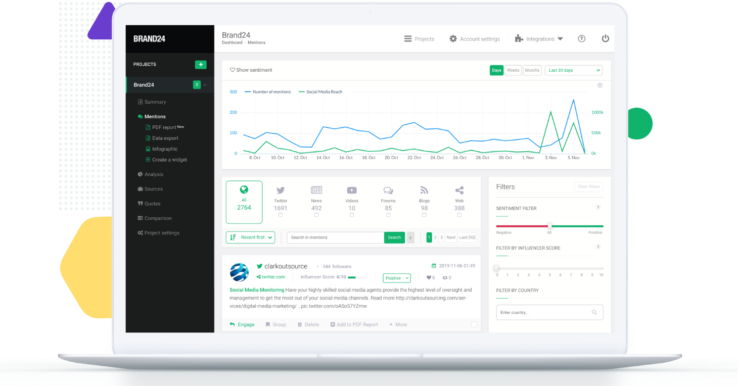
Brand24 monitors news sites, social media, blogs, forums, videos, and other platforms to collect mentions of your brand. It then uses sentiment analysis to pinpoint trending topics and gauge the emotions of reviewers and users.
This allows you to swiftly address criticism, tackle customer support issues, and improve customer retention. Additionally, you can identify product or service flaws before they escalate into major problems. Brand24 is more effective than a simple Google keyword search, as it highlights both problematic mentions and positive reviews while filtering out irrelevant content.
The platform also features a robust hashtag trend-spotting tool and offers excellent customer support, including blogs and masterclasses to enhance your marketing strategy and customer service skills. Notable clients include Uber, Stanford University, and Intel.
22.Influencity : (for influencer marketing)
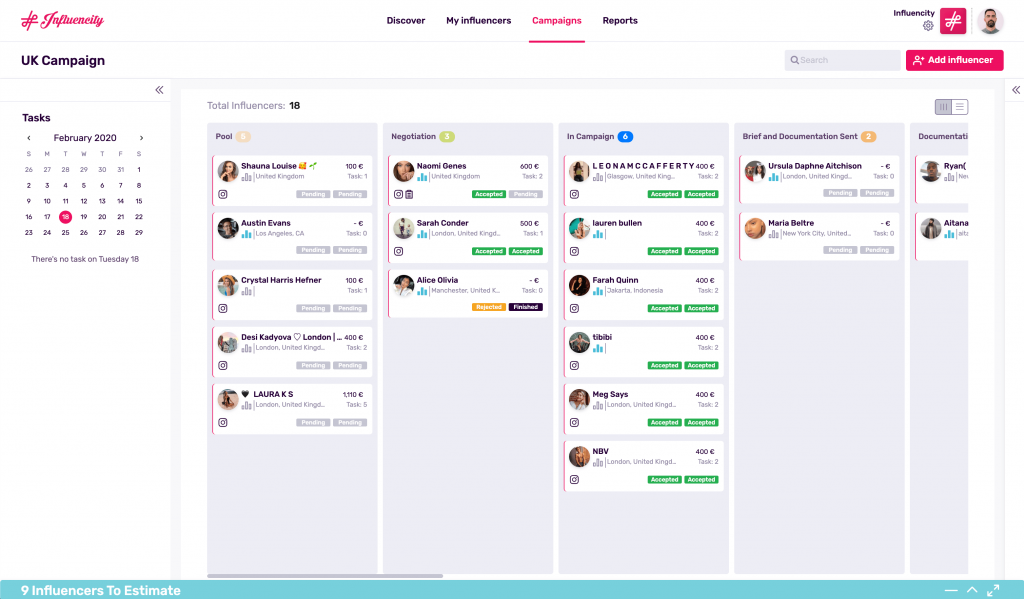
Influencer marketing on social media has become a dominant trend and shows no signs of diminishing. From product hauls and reviews to sponsorships and traditional ads, social media influencers have become crucial for brands, particularly those targeting niche or younger audiences.
Influencity positions itself as the “most comprehensive influencer marketing platform” available and is trusted by industry leaders like WPP, Kellogg’s, and Samsung. It assists brands in evaluating and reaching out to influencers, managing collaborations, and measuring campaign effectiveness.
The platform covers all major social media networks, provides extensive analytics, and supports large-scale operations across multiple brands, making it an ideal solution for agencies.
23.Mailchimp: (for automating marketing and e-mail)
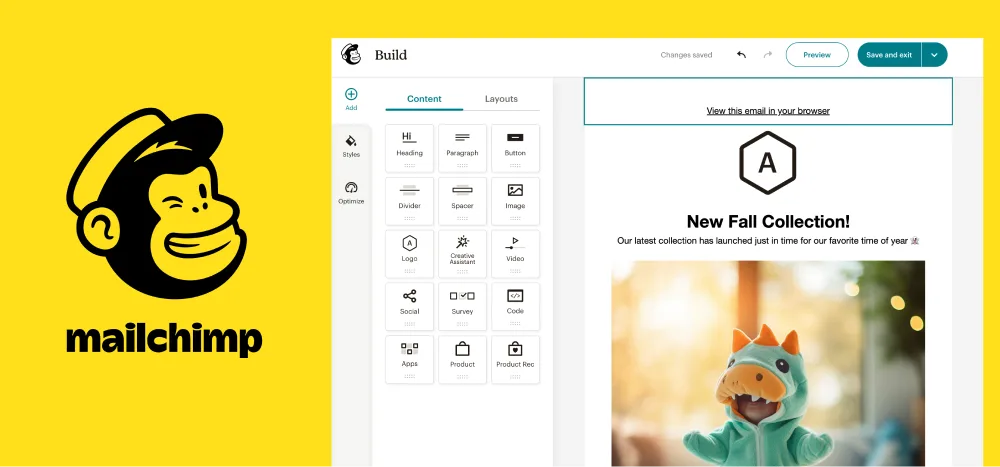
Email marketing is a vital tool for all businesses, from small startups to large companies with thousands of customers. To leverage email marketing effectively, it’s important to use the right software, such as Mailchimp.
Mailchimp stands out as one of the top email marketing platforms for several reasons. It allows you to create customized email campaigns that align with your business goals.
While every business is unique, Mailchimp enables you to design tailored experiences for your customers, boosting revenue and enhancing sales. Additionally, you can access our email marketing guide, which covers the fundamentals of creating successful marketing campaigns. Mailchimp will support you in developing effective marketing strategies to engage your customers and achieve success.
24.Yext: (Create and deliver content to any channel)
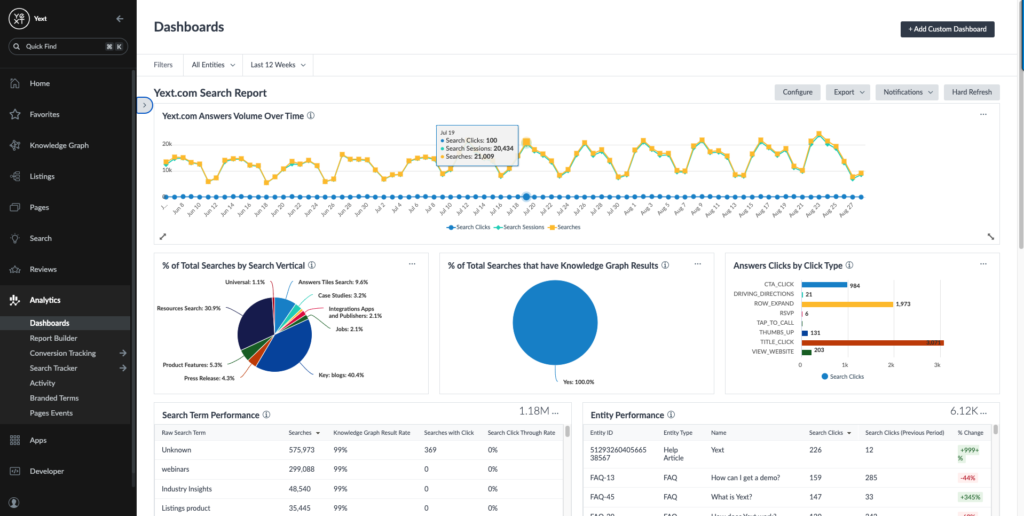
Yext AI helps businesses manage and enhance their online information. It centralizes data, optimizes local search visibility, automates customer query responses, and monitors reviews. The platform uses AI to ensure consistency, improve search rankings, and streamline review management, ultimately saving time and boosting online presence.
Conclusion:
In summary, leveraging AI marketing tools in 2024 can significantly boost your business’s growth by enhancing efficiency, personalization, and data-driven decision-making. From content creation and SEO optimization to social media management and customer engagement, these tools offer cutting-edge solutions to meet diverse marketing needs. By selecting the right mix of these tools, you can optimize your strategies and achieve your ultimate marketing goals more effectively.In short, AI makes marketing smarter, more personalized, and more efficient.
Related article : The Rise of the Personal Brand: Why You Need One in Today’s World

